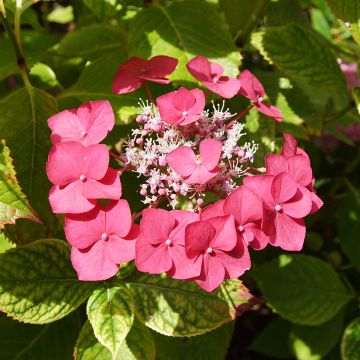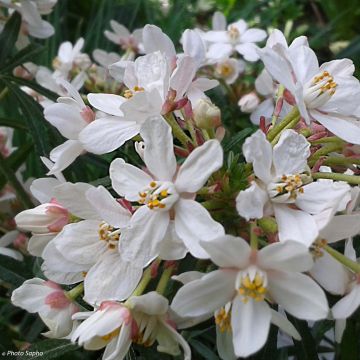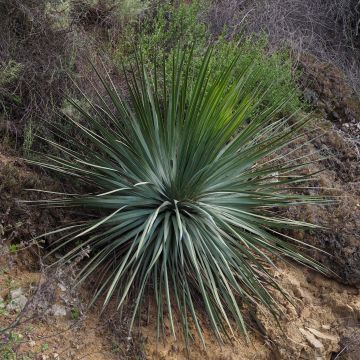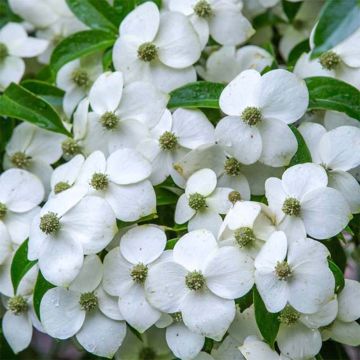

Hydrangea macrophylla Rotschwanz


Hydrangea macrophylla Rotschwanz
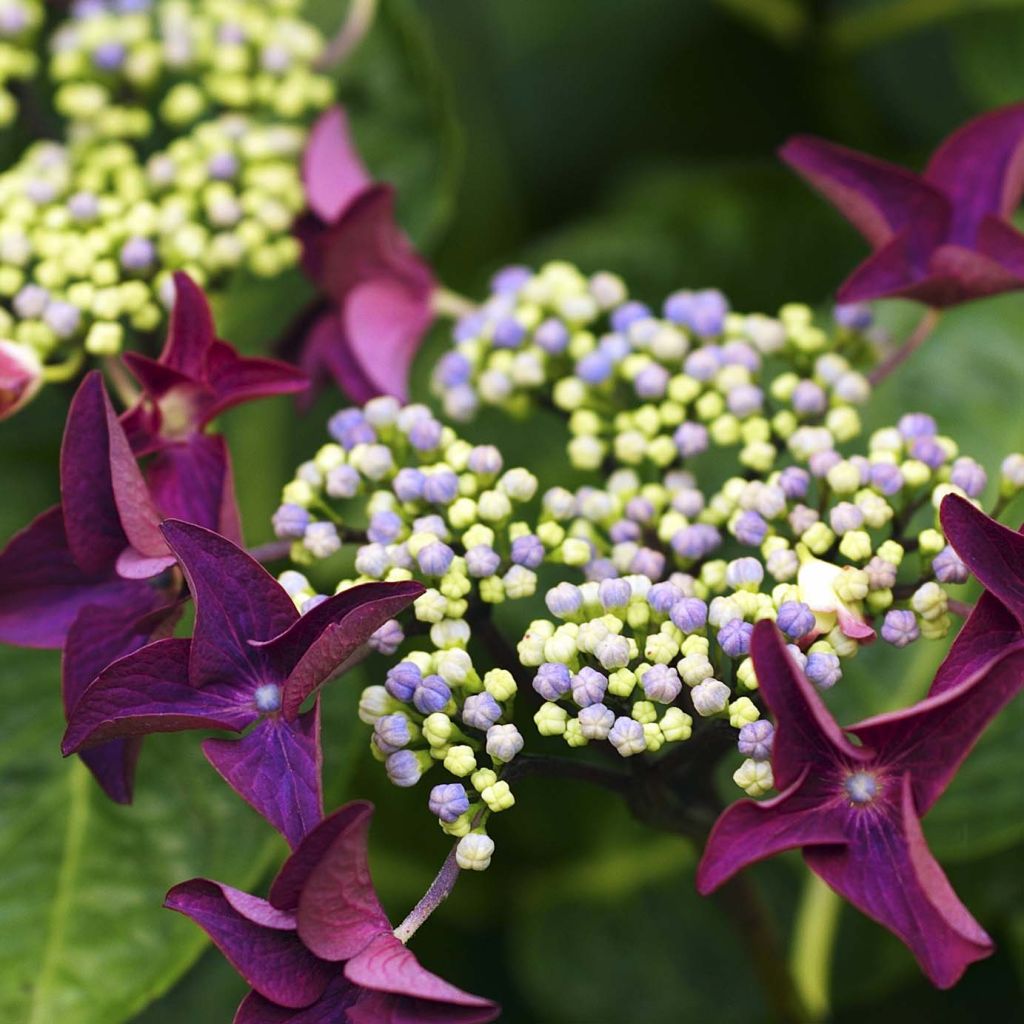

Hydrangea macrophylla Rotschwanz
Hydrangea macrophylla Rotschwanz
Hydrangea macrophylla Rotschwanz
Bigleaf Hydrangea, French Hydrangea
This item cannot be shipped to the selected country
Delivery charge from €5.90
Delivery charge from €5.90
More information
Schedule delivery date,
and select date in basket
This plant carries a 24 months recovery warranty
More information
We guarantee the quality of our plants for a full growing cycle, and will replace at our expense any plant that fails to recover under normal climatic and planting conditions.
From €5.90 for pickup delivery and €6.90 for home delivery
Express home delivery from €8.90.
From €5.90 for pickup delivery and €6.90 for home delivery
Express home delivery from €8.90.
Does this plant fit my garden?
Set up your Plantfit profile →
Description
Hydrangea macrophylla 'Rotschwanz', obtained in Switzerland in the 1960s, is undoubtedly the reddest of the flat-headed hydrangeas, when grown naturally in neutral garden soil without bluing treatment. In this case, its inflorescences will display a collar of large florets in intense raspberry red, or carmine violet if the soil is very acidic. In the centre of this crown, very pale, almost white, buttons appear that become more or less pink or blue depending on the nature of the soil. Compact and unique, with an intense summer flowering, it is an absolute showstopper. It is perfect in a container, in a small hedge, or at the front of a large shrub border.
'Rotschwanz' is part of a series of hybrids called Teller, selected in 1987 at EFA in Wädenswil, Switzerland. All these hardy plants belong to the Hydrangeaceae family; their ancestors are native to China and Japan. 'Rotschwanz' forms a bush with a rounded and compact habit, reaching an average height and width of 1.2 m (3.9 ft). Its one-year-old, stiff and sturdy branches bear circular, flattened inflorescences (called "lace-cap"), measuring 12 cm to 15 cm (4.7 in to 5.9 in) wide. These are corymbs composed of fertile flowers in the centre, similar to small buttons, and larger, more showy sterile flowers on the periphery. The star-shaped sterile flowers of 'Rotschwanz' are composed of 4 elongated and slightly curved petals arranged in a cross. In neutral soil, the flowers will have a deep and intense red-pink hue, very rare in hydrangeas, before fading to wine red. The flowering period extends over beautiful dark green foliage. The leaves are opposite, reaching a minimum length of about 10 cm (3.9 in). They are simple, ovate to elliptical, end in a tapered point, and are coarsely toothed like a saw. Hydrangeas can live for at least 50 years. Their deciduous foliage falls in autumn.
'Rotschwanz' is a unique and remarkably colourful plant that won't go unnoticed in partially shaded areas of the garden or terrace. Hydrangeas are well known for brightening up the north side of houses. This one will thrive in east or west exposure without intense sun, both in flower beds and low hedges. This variety is particularly suitable for container cultivation. Although hydrangeas dislike limestone, they are not strictly acid-loving plants. Pair them with ferns, Japanese anemones, foxgloves, annual impatiens, or plant spring-flowering lilies and bulbs in front of their round silhouette. Enjoy their splendid flowering in the garden or indoors for a long time.
Advice: Don't prune too early! Leave the dried inflorescences on the plant and only cut them after spring frosts. They effectively protect the new growth and future flowers.
Report an error about the product description
Hydrangea macrophylla Rotschwanz in pictures




Plant habit
Flowering
Foliage
Botanical data
Hydrangea
macrophylla
Rotschwanz
Hydrangeaceae
Bigleaf Hydrangea, French Hydrangea
Cultivar or hybrid
Other Hydrangea Macrophylla
Planting and care
Plant in spring or early autumn, preferably in a slightly shaded position, for example against an east-facing, west-facing, or even north-facing wall. Keep it sheltered from cold and drying winds. It does not require ericaceous soil, but appreciates deep, moist but well-drained, fairly fertile soil, possibly enriched with a good base fertiliser before planting.
If planting at the base of a protective wall and the soil is dry, place the root ball at least 30 cm to 40 cm (11.8 in to 15.7 in) away from it and incorporate a significant amount of well-decomposed compost to better retain moisture in the soil.
Very hardy, it can be planted in cold regions without fear.
As for pruning, remove faded flowers on the first bud or on the pair of buds directly below. Cut back a quarter or a third of the older stems to the base, when the plant is mature, to promote the formation of new shoots. Carry out this pruning every year during March and April.
Planting period
Intended location
Care
-
, onOrder confirmed
Reply from on Promesse de fleurs
Summer-flowering shrubs
Haven't found what you were looking for?
Hardiness is the lowest winter temperature a plant can endure without suffering serious damage or even dying. However, hardiness is affected by location (a sheltered area, such as a patio), protection (winter cover) and soil type (hardiness is improved by well-drained soil).

Photo Sharing Terms & Conditions
In order to encourage gardeners to interact and share their experiences, Promesse de fleurs offers various media enabling content to be uploaded onto its Site - in particular via the ‘Photo sharing’ module.
The User agrees to refrain from:
- Posting any content that is illegal, prejudicial, insulting, racist, inciteful to hatred, revisionist, contrary to public decency, that infringes on privacy or on the privacy rights of third parties, in particular the publicity rights of persons and goods, intellectual property rights, or the right to privacy.
- Submitting content on behalf of a third party;
- Impersonate the identity of a third party and/or publish any personal information about a third party;
In general, the User undertakes to refrain from any unethical behaviour.
All Content (in particular text, comments, files, images, photos, videos, creative works, etc.), which may be subject to property or intellectual property rights, image or other private rights, shall remain the property of the User, subject to the limited rights granted by the terms of the licence granted by Promesse de fleurs as stated below. Users are at liberty to publish or not to publish such Content on the Site, notably via the ‘Photo Sharing’ facility, and accept that this Content shall be made public and freely accessible, notably on the Internet.
Users further acknowledge, undertake to have ,and guarantee that they hold all necessary rights and permissions to publish such material on the Site, in particular with regard to the legislation in force pertaining to any privacy, property, intellectual property, image, or contractual rights, or rights of any other nature. By publishing such Content on the Site, Users acknowledge accepting full liability as publishers of the Content within the meaning of the law, and grant Promesse de fleurs, free of charge, an inclusive, worldwide licence for the said Content for the entire duration of its publication, including all reproduction, representation, up/downloading, displaying, performing, transmission, and storage rights.
Users also grant permission for their name to be linked to the Content and accept that this link may not always be made available.
By engaging in posting material, Users consent to their Content becoming automatically accessible on the Internet, in particular on other sites and/or blogs and/or web pages of the Promesse de fleurs site, including in particular social pages and the Promesse de fleurs catalogue.
Users may secure the removal of entrusted content free of charge by issuing a simple request via our contact form.
The flowering period indicated on our website applies to countries and regions located in USDA zone 8 (France, the United Kingdom, Ireland, the Netherlands, etc.)
It will vary according to where you live:
- In zones 9 to 10 (Italy, Spain, Greece, etc.), flowering will occur about 2 to 4 weeks earlier.
- In zones 6 to 7 (Germany, Poland, Slovenia, and lower mountainous regions), flowering will be delayed by 2 to 3 weeks.
- In zone 5 (Central Europe, Scandinavia), blooming will be delayed by 3 to 5 weeks.
In temperate climates, pruning of spring-flowering shrubs (forsythia, spireas, etc.) should be done just after flowering.
Pruning of summer-flowering shrubs (Indian Lilac, Perovskia, etc.) can be done in winter or spring.
In cold regions as well as with frost-sensitive plants, avoid pruning too early when severe frosts may still occur.
The planting period indicated on our website applies to countries and regions located in USDA zone 8 (France, United Kingdom, Ireland, Netherlands).
It will vary according to where you live:
- In Mediterranean zones (Marseille, Madrid, Milan, etc.), autumn and winter are the best planting periods.
- In continental zones (Strasbourg, Munich, Vienna, etc.), delay planting by 2 to 3 weeks in spring and bring it forward by 2 to 4 weeks in autumn.
- In mountainous regions (the Alps, Pyrenees, Carpathians, etc.), it is best to plant in late spring (May-June) or late summer (August-September).
The harvesting period indicated on our website applies to countries and regions in USDA zone 8 (France, England, Ireland, the Netherlands).
In colder areas (Scandinavia, Poland, Austria...) fruit and vegetable harvests are likely to be delayed by 3-4 weeks.
In warmer areas (Italy, Spain, Greece, etc.), harvesting will probably take place earlier, depending on weather conditions.
The sowing periods indicated on our website apply to countries and regions within USDA Zone 8 (France, UK, Ireland, Netherlands).
In colder areas (Scandinavia, Poland, Austria...), delay any outdoor sowing by 3-4 weeks, or sow under glass.
In warmer climes (Italy, Spain, Greece, etc.), bring outdoor sowing forward by a few weeks.









































